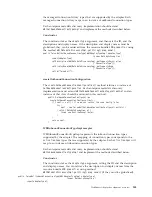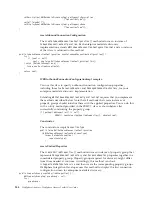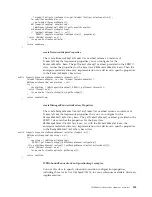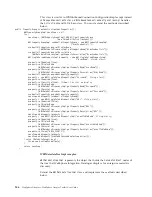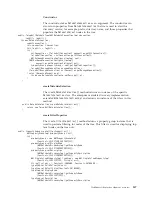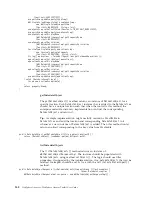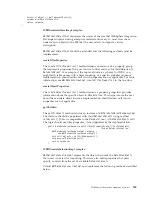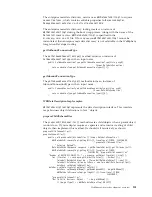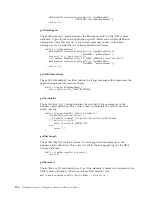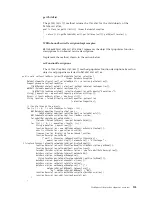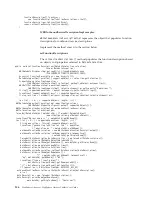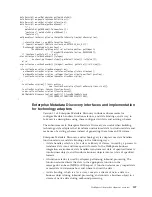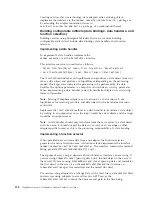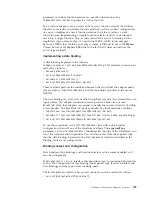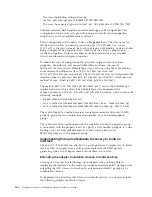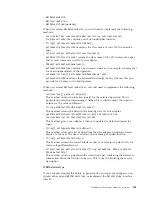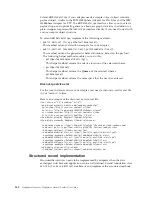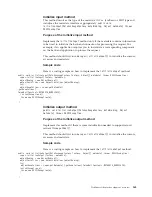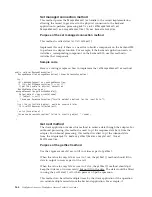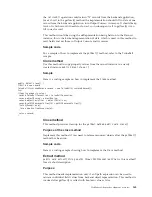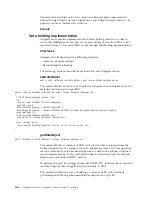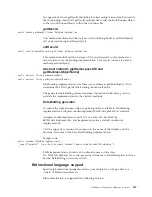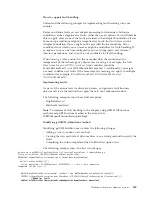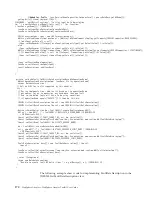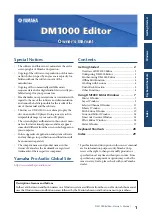
dataDescription.setMetadataObject(metadataObj);
dataDescription.populateSchemaDefinitions();
dataDescription.setRelativePath(location);
dataDescription.setName(getNameSpace() +
"/" +
metadataObj.getBOName().toLowerCase() +
"container", metadataObj.getBOName() +
"Container");
outboundFunctionDescription.setOutputDataDescription(dataDescription);
}
interactionSpec = new WBIInteractionSpec();
if (operation.equals(WBIInteractionSpec.RETRIEVE_ALL_OP)) {
MaxRecordSingleProperty maxCount =
(MaxRecordSingleProperty) selectionProperties.getProperty
(TwineBallMetadataSelection.MAXRECORDS);
if (maxCount.getValue() == null)
interactionSpec.setMaxRecords(((Integer)
maxCount.getPropertyType().getDefaultValue()).intValue());
else
interactionSpec.setMaxRecords(((Integer) maxCount.getValue()).intValue());
}
interactionSpec.setFunctionName(operation);
outboundFunctionDescription.setInteractionSpec(interactionSpec);
outboundFunctionDescription.setImportConfiguration(importConfiguration);
functionDescriptions.add(outboundFunctionDescription);
}
}
FunctionDescription[] functionArray =
new FunctionDescription[functionDescriptions.size()];
functionDescriptions.toArray(functionArray);
super.setFunctionDescriptions(functionArray);
WBIMetadataDiscoveryImpl.getLogUtils().traceMethodEntrance
(CLASSNAME,SETFUNCTIONDESCRIPTIONS);
}
Enterprise Metadata Discovery interfaces and implementation
for technology adapters
Version 1.1 of Enterprise Metadata Discovery includes enhancements for
configurable data handlers, function selectors, and data bindings, and a way to
build
service descriptions using these configured artifacts and existing schemas.
The enhancements to Enterprise Metadata Discovery are useful when building
technology-style adapters that transform unstructured data to structured data and
make use of existing schemas instead of generating them from an EIS system.
Enterprise Metadata Discovery and technology-style adapters use data handlers,
function selectors and data bindings in the following ways:
v
A data handler, which is a Java class or library of classes, is used by a process to
transform data into and from specific formats. In the WebSphere business
integration environment, data handlers transform text data of specified formats
into business objects, and transform business objects into text data of specified
formats.
v
A function selector is used by adapters performing inbound processing. The
function selector directs the data to the appropriate function in the
message-driven bean (MDB) or EIS export. A function selector may inspect data
or metadata to determine how and where to direct the data.
v
A data binding, which is a Java class, converts a stream of native data to a
business object during inbound processing, and converts a business object to a
stream of native data during outbound processing.
WebSphere Adapter development overview
157
Summary of Contents for WebSphere Adapter Toolkit
Page 2: ......
Page 6: ...iv WebSphere Adapters WebSphere Adapter Toolkit User Guide...
Page 220: ...214 WebSphere Adapters WebSphere Adapter Toolkit User Guide...
Page 224: ...218 WebSphere Adapters WebSphere Adapter Toolkit User Guide...
Page 225: ......
Page 226: ...Printed in USA...

